In this article, we’ll discuss the whys and hows of photographing plants. Don’t worry if you’re not a nature nerd, if your fingers are distinctly non-green or if you find plants generally dull. Plants can offer great photographic opportunities to any photographer. Give plants a chance!
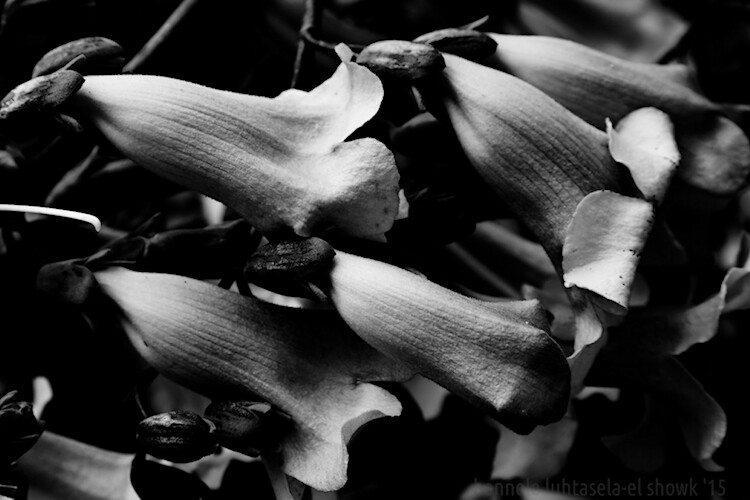
If you start thinking about plants and the role they play in our history and our lives, you might find it hard to stop. After all, they produce most of the oxygen we breathe, they provide us with nutrition, we make clothing and build shelter out of them, just to mention a few things; we even print our photos on them!
More relevant to this article, though, they also inspire us with their alien beauty and comforting stillness to create art.

Why photograph plants?
First of all, plants are really convenient subjects. They’re found more or less everywhere, and they don’t run or fly off when you approach them. That makes things so much easier!
But being common doesn’t make them boring – there are so many different varieties to choose from, they change their appearance with the seasons, and the longer you look, the more detail you will find. It would be hard to find a more patient (living) subject!

Plants have inspired artists for thousands of years: they’re in the art of the ancient Egyptians, and the Chinese. Plants are also a central part of a wide variety of more modern art, such as arabesque, still life paintings, Mapplethorpe’s photography – the list goes on and on.
Some of the most aesthetically pleasing shapes and forms in the world are found in plants.

Photographing plants is a rewarding activity for any photographer. If you’re a beginner, you can use plants to learn more about photography: check out some tips for beginners and use these really friendly subjects for your early experiments.
And if you’re a professional wedding photographer, you can always practice your bouquet and decoration photography!


How to do plant photography
Plant photography is perhaps the easiest kind of photography. All you need is a camera and a plant, and you can start your exploration. Yes, it really is that easy!
But sure, there are some tips that can make your experience more fun and your photographs more unique. The most important thing is for you to open your mind, explore the things you find interesting, and have fun.

Some ideas on what to look for in a plant
Flowers may seem like the obvious thing to photograph when it comes to plants, but these living beings offer so much more than just their reproductive structures. They sure are fine-looking, though!

To get the most out of plants, you should also remember to check out the other visible parts such as the leaves, fruit, and bark. Taking group photos also works with plants.
Play with light, focus, and composition – use all of the tricks in your photographic toolbox.



For me, the best plant photos arise when I move beyond just looking at specific parts, and start focusing instead on shapes, textures, and symmetries. Look for interesting patterns in light or texture, experiment with black and white, zoom in and zoom out, find the abstract.



And, as always, try to evoke a feeling and create a story.


Conclusion
Do you enjoy photographing plants? What are your best tips? Do you have any favorite photos to share? I’d love to hear your thoughts and see your art in the comments below.
The post Tips for Creative Plant Photography by Hannele Luhtasela-el Showk appeared first on Digital Photography School.








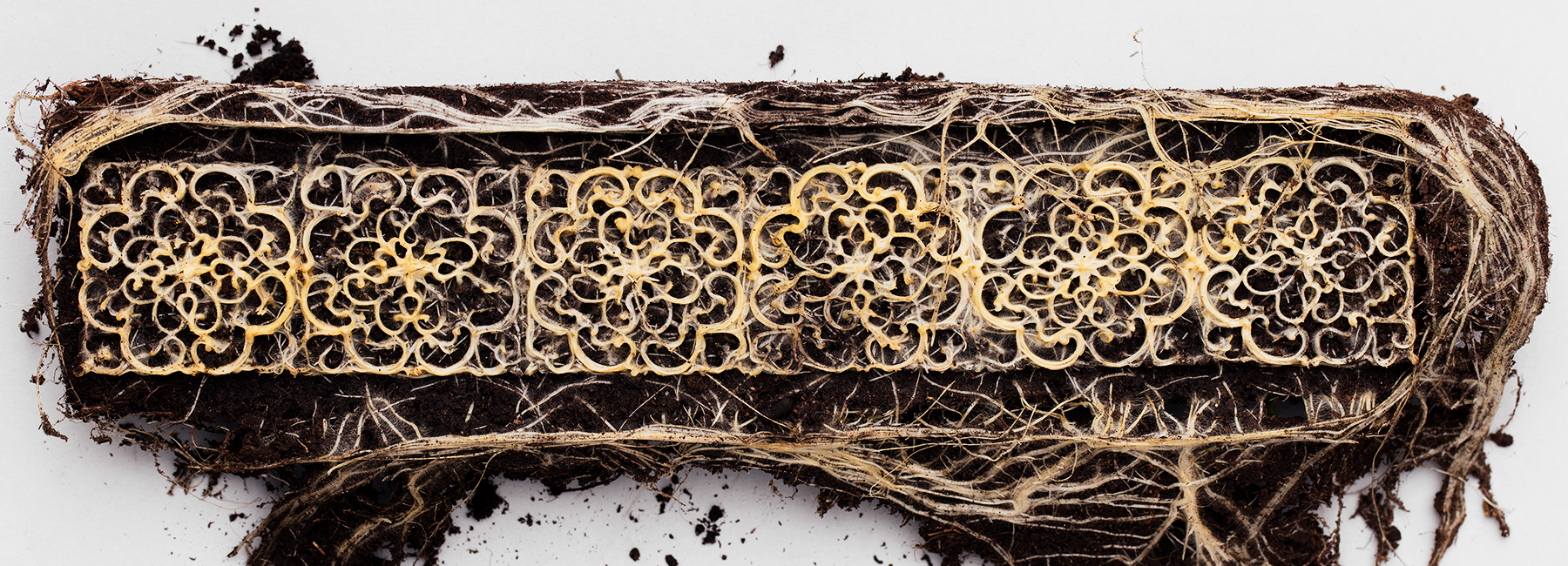
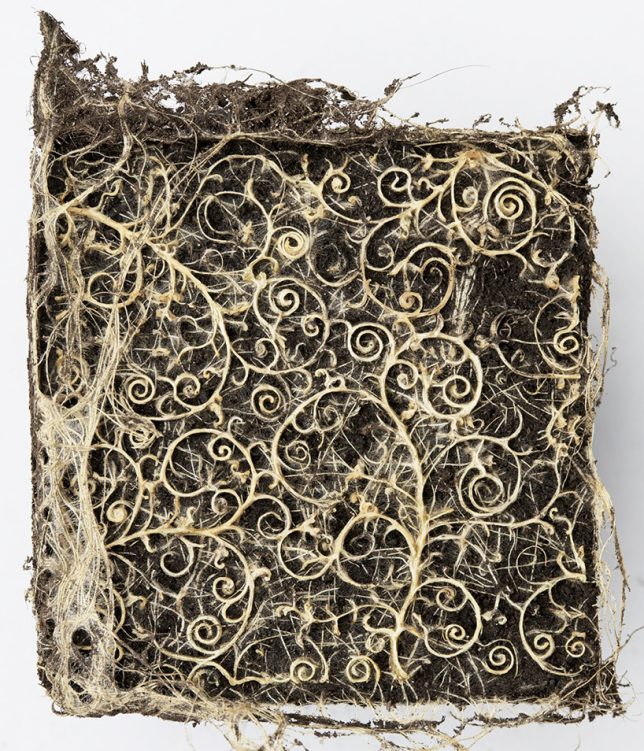
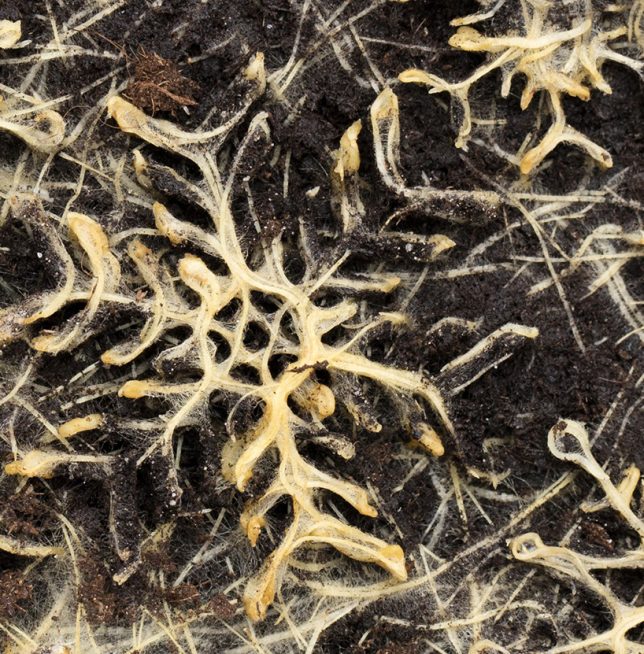
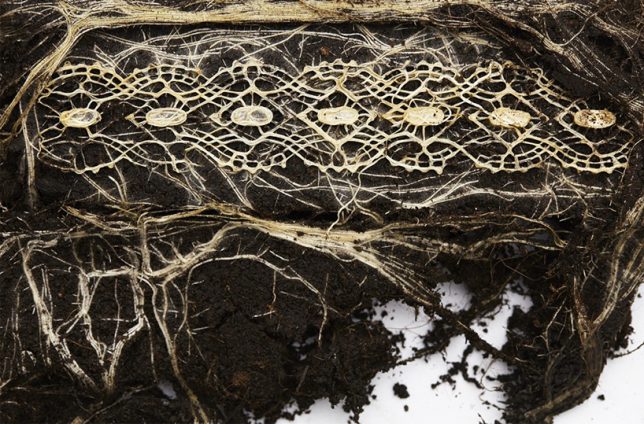
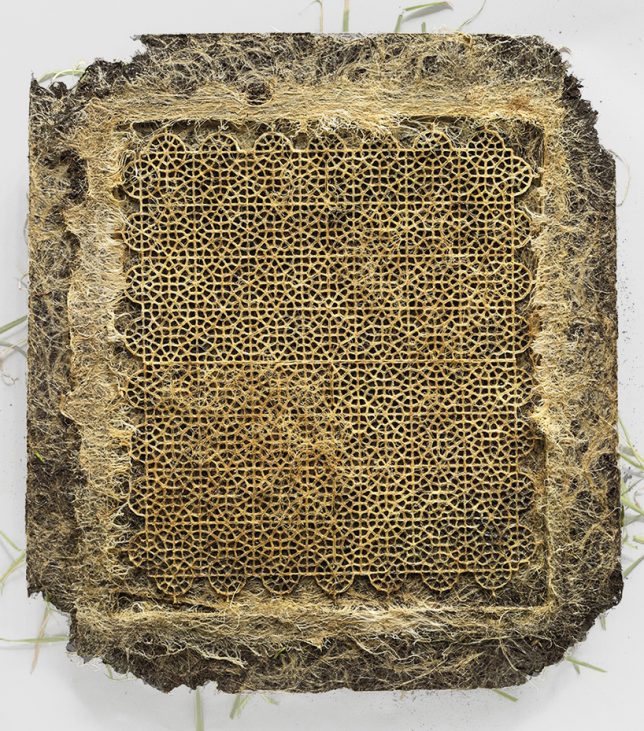






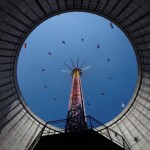





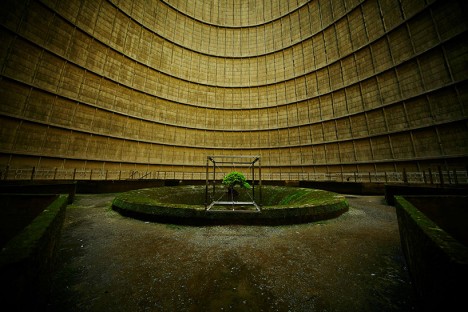
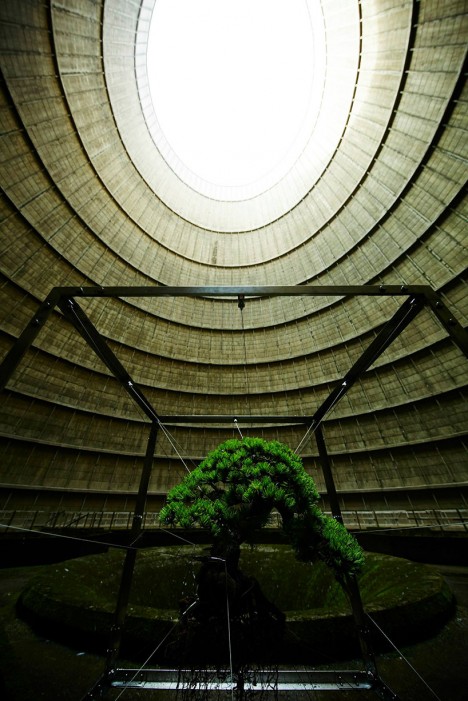
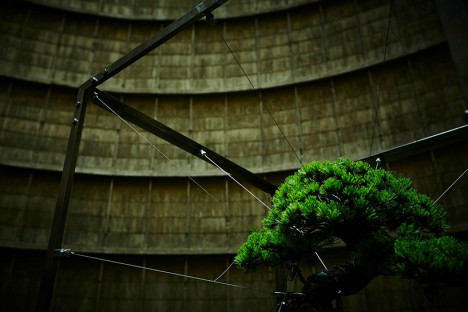
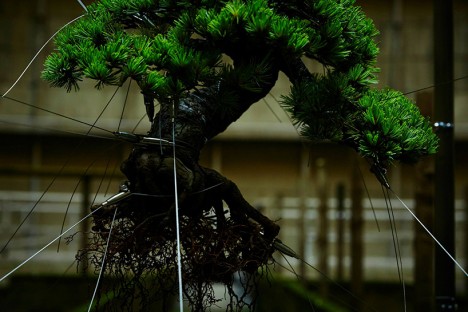
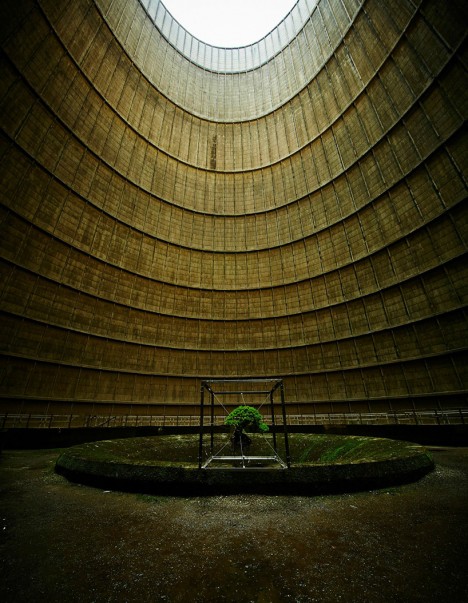

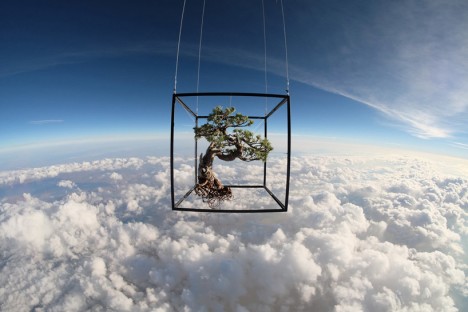
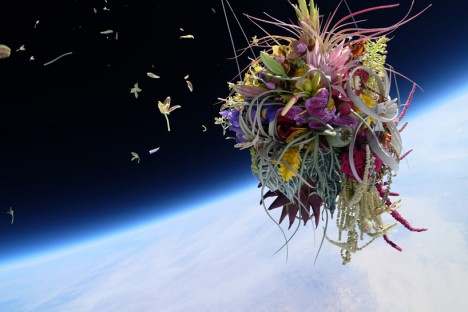

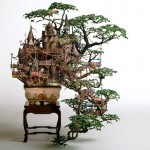








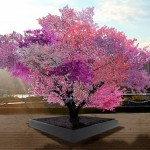









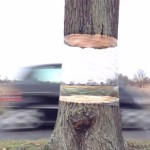









You must be logged in to post a comment.